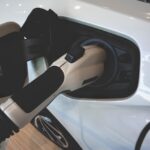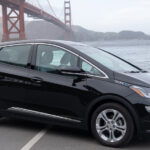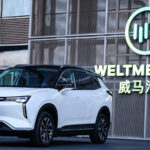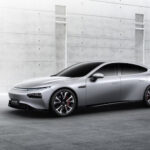Chinese Auto Component Industry Navigates Fluctuating Raw Material Prices in EV Battery Sector
The dynamic Chinese electric vehicle (EV) component industry has been gripped by the oscillating prices of lithium carbonate in the first half of this year. The once soaring cost of battery-grade lithium carbonate, reaching 600,000 yuan per ton last year, has spiraled downward, hitting rock-bottom at around 200,000 yuan per ton. This roller-coaster ride has instigated shifts across the supply chain.
During the period of surging prices, prominent materials companies and lithium mining firms secured long-term price-lock agreements, adopting floating mechanisms based on price differentials. Strategies included stockpiling, forward purchasing, and even innovative rebate schemes such as CATL’s “lithium mining rebate” plan. However, as lithium carbonate prices plummeted, these measures lost traction.
Recently, indications have emerged that lithium mining firms have scaled down the supply of lithium carbonate, and some have adopted auction methods to enhance product pricing. This volatility has left EV manufacturers and battery suppliers apprehensive. In response, they are accelerating upstream integration, prioritizing stable supply of key battery materials. Contemporary initiatives, like CATL’s $1.4 billion investment in Bolivian lithium resources, signify this push.
Beyond lithium carbonate, harmonizing battery specifications and sizes remains a challenge in the pursuit of cost reduction. Standardization efforts, such as national political advisor Miao Wei’s call for battery standardization at the 2023 World Battery Conference, highlight the urgency. However, the EV sector also faces the challenge of transitioning its products in compliance with international regulations, including the European Union’s Battery Regulation, which mandates lifecycle carbon footprint declarations, labels, and digital passports.
As China’s EV battery industry embraces growth opportunities overseas, it confronts not only fluctuating raw material prices but also regulatory hurdles. Successfully addressing these challenges is crucial to securing a competitive position in the global EV market.







